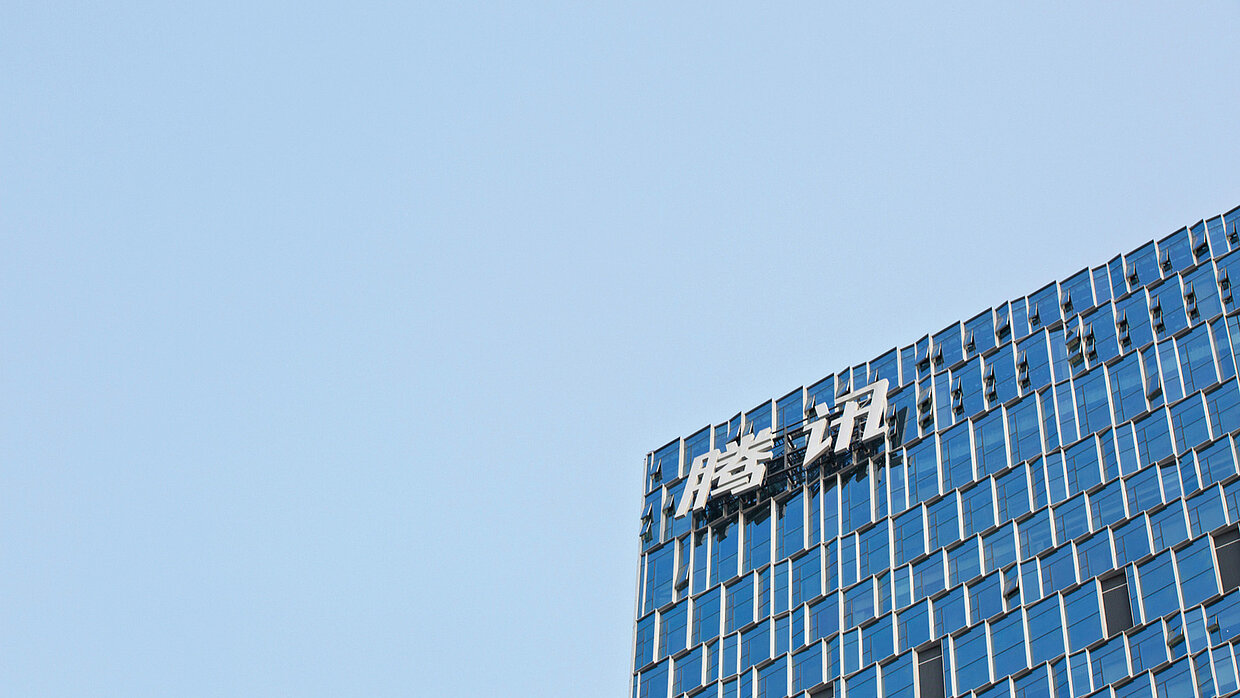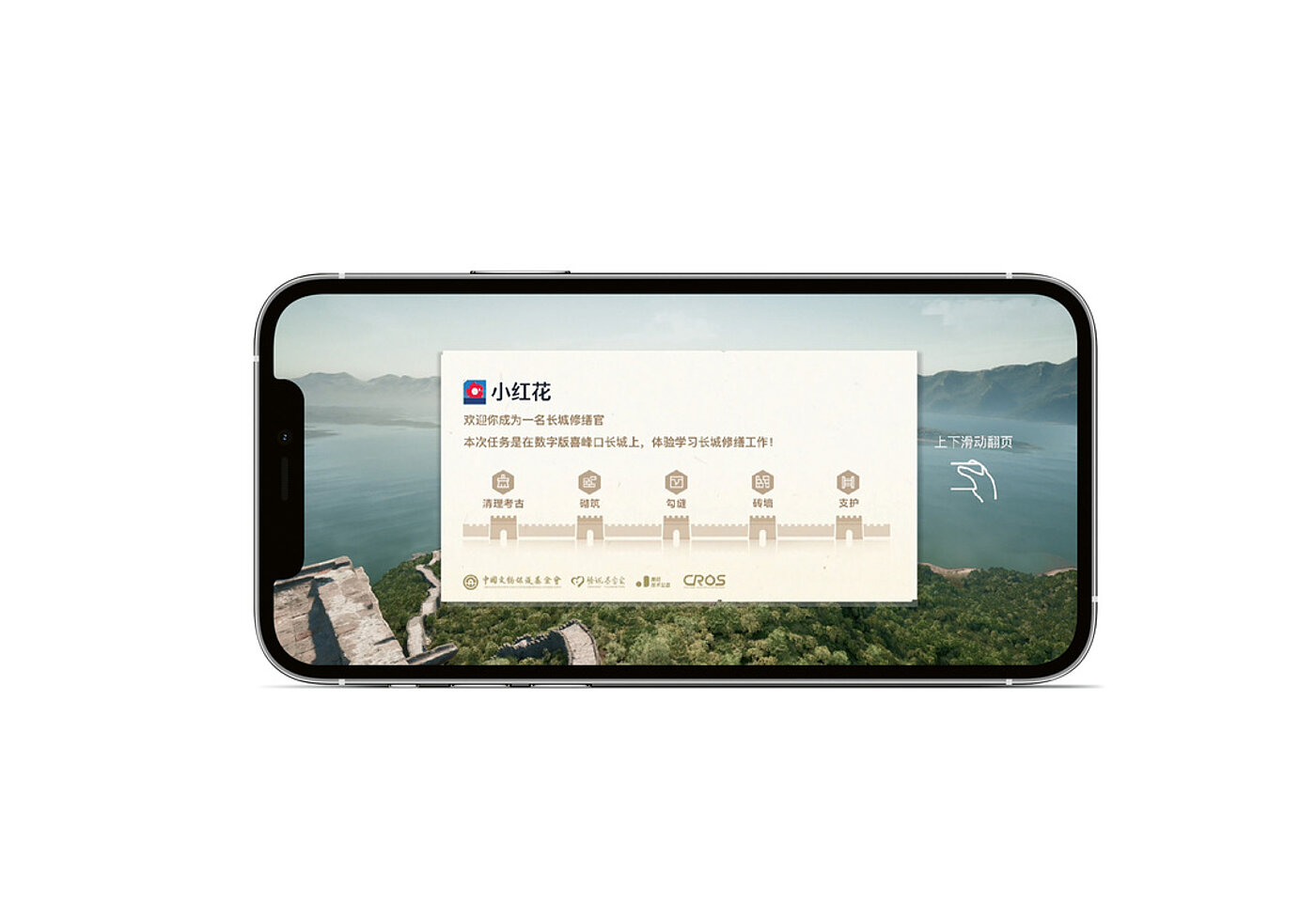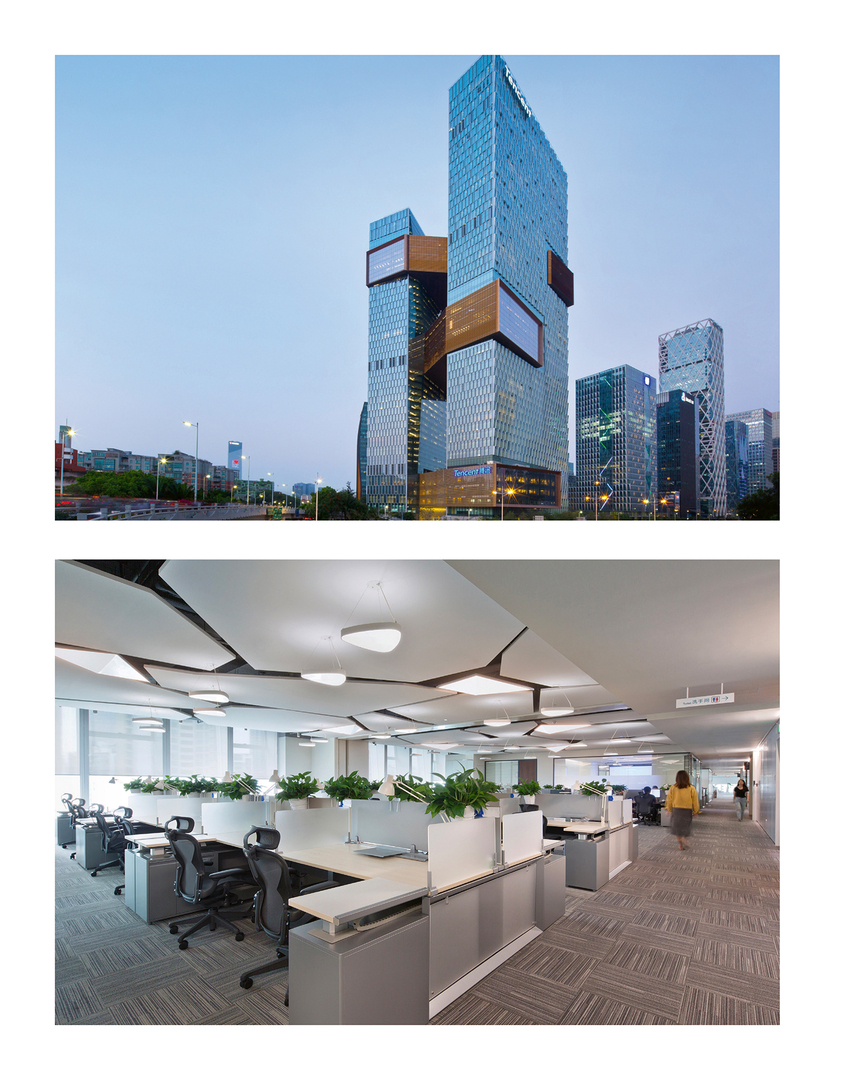
The Tencent Foundation is China’s first public welfare foundation established by an internet company. Its mission is to bring about social improvement by using technology for good, integrating the internet extensively into different areas of life, and creating lasting social value through philanthropy. With “The Great Wall E-tour”, the Tencent Foundation enables people to virtually participate in the conservation work taking place on the Great Wall of China. Digital technology is already widely used for the restoration and protection of cultural relics, but the resulting data is generally stored in archives or on servers and is not available to the public. By taking the e-tour, users can now enjoy a full-size and high-resolution experience of the cultural monument and discover how much effort is actually involved in its preservation.
Interview with Tencent Technology (Shenzhen) Co., Ltd.
Red Dot: The e-tour encourages users to engage with the preservation of the Great Wall of China. How exactly does that work?
Tencent Technology (Shenzhen) Co., Ltd.: The app is based on a WeChat mini-program framework and cloud rendering technology. App users can take a virtual tour of the Great Wall and discover interesting facts about monument conservation.
How did you design your virtual model of the Great Wall of China?
We used 3D scanning technology to collect the raw data and 3D model editing techniques to create the virtual model. The finished model had over one billion polygons and millimetre-range precision.
Your project uses gamification to raise awareness of this cultural heritage. What advantages do you see in gaming technology as compared to other communication strategies?
Gamification allows us to use patterns of user experience, navigation control and interaction that are common in games to provide a more intuitive and interactive experience for app users. Moreover, the technology behind it was later used in cockpit simulations for pilot training conducted by China Southern Airlines.
What were the biggest challenges in this project?
The design challenge was to translate the information elements into a game environment. We had to incorporate knowledge based on words and images into an interactive experience world. The technical challenge was to deploy the model on cloud servers and to make the streaming of real-time renderings possible, since this is the basis for the best experience in terms of high-tech and visuals.

